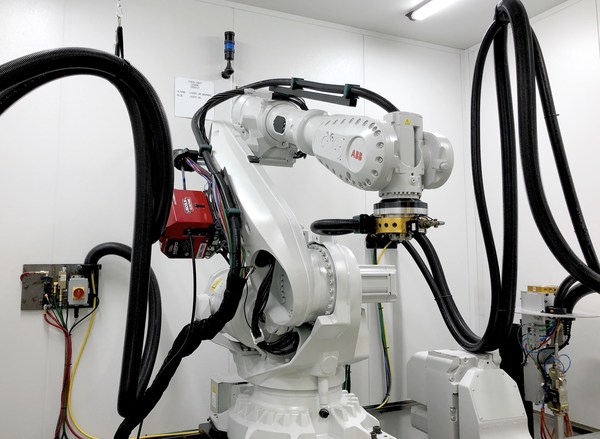June 11, 2020 | International, Aerospace
French aviation rescue plan bets on defence helicopters, drones and tankers
The French government has pledged to buy new military heavy-lift helicopters and accelerate plans for naval drone, ISTAR and tanker aircraft programmes as part of a wider economic stimulus package, worth €15 billion ($17 billion), aimed at protecting the country's aviation industry from faltering under the strain of COVID-19. Based on the PlanAero initative, a decision to specifically issue the defence industry with funding of €600 million means that eight H225M rotary platforms will be ordered, while orders for three A330 MRTT and one Beechcraft King Air 350 ALSR will be expedited. VSR700 rotary-wing UAS and Aliaca mini drone plans have also been brought forward. The H225M order confirms that Paris will opt for it as a replacement for legacy French Air Force Puma helicopters while the new A330 MRTT arrangements will lead to retirement of the A340 being reset from 2028 to this year. A310s will similarly be taken out of service in 2021 – two years earlier than scheduled. The ALSR is under contract with Thales and Sabena Technics with a host of additional French suppliers contributing to the programme, including Ecrin, Aquitaine Electronics, Arelis, Avantix, Elvia and Protoplane, although a 9 June announcement from the French Ministry of Armed Forces does not mention a delivery date for the aircraft. PlanAero unmanned details include the addition of a second VSR700 demonstrator as part of the French Navy's SDAM programme but new commitments for the effort and the navy's SMDM mini drone programme stop short of exact order quantities. SDAM has been contracted to Airbus and Naval Group who have designed the in-development VSR700 from the Cabri G2 light helicopter, while SurveyCopter supplies the Aliaca for SMDM. 'This additional SDAM demonstrator will enable the programme to further secure the next steps, and in particular the development of technologies and the refinement of specifications to meet the French Navy's operational requirements,' an Airbus spokesperson told Shephard. The VSR700 is due to enter service in 2028 and boasts a 500-1,000kg MTOW capability. In November 2019, Airbus announced the platform had undergone tethered flight testing with future free flight trials anticipated. A VSR700 demonstrator phase. to include ship-based flights off French Navy frigates, has been laid out as part of risk reduction activities that were originally due to be completed by 2021. Shipborne deployments from the future FTI medium frigate are a longer-term target. Following on from France's aviation support plan, the European Commission warned on 10 June that budgetary pressures stemming from COVID-19 could impact member states, calling on them to 'spend better together'. In a joint statement Josep Borrell, VP of the European Commission and Thierry Breton, European Commissioner for the Internal Market, said that common capabilities, critical technologies and infrastructure must be strengthened but they questioned if Europe had given itself 'the means to do so'. https://www.shephardmedia.com/news/defence-helicopter/french-aviation-rescue-plan-bets-defence-helicopte/

